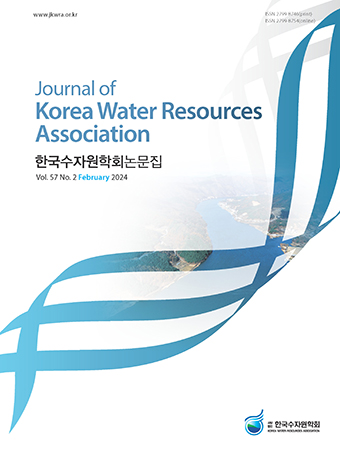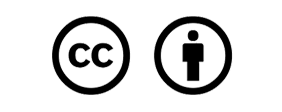Research Article
Abstract
References
Information
Organisation for Economic Co-operation and Development (OECD) (1993). Core set of indicators for environmental performance reviews: A synthesis report by the group on the state of the environment. environment monographs, Vol. 83. Organisation for Economic Co-operation and Development, Paris, pp. 1-39.
Oh, S.-G., Suh, M.-S., Lee, Y.-S., Ahn, J.-B., Cha, D.-H., Lee, D.-K., Hong, S.-Y., Min, S.-K., Park, S.-C., and Kang, H.-S. (2016). "Projections of high resolution climate changes for South Korea using multiple-regional climate models based on four RCP scenarios. Part 2: Precipitation." Asia-Pacific Journal of Atmospheric Sciences, Vol. 52, No. 2, pp. 171-189.
10.1007/s13143-016-0018-8Turner, B.L., Kasperson, R.E., Matson, P.A., McCarthy, J.J., Corell, R.W., Christensen, L., Eckley, N., Kasperson, J.X., Luers, A., Martello, M.L., Polsky, C., Pulsipher, A., and Schiller, A. (2003). "A framework for vulnerability analysis in sustainability science." Proceedings of the national academy of sciences, Vol. 100, No. 14, pp. 8074-8079.
10.1073/pnas.123133510012792023PMC166184Vojinovic, Z., Hammond, M., Golub, D., Hirunsalee, S., Weesakul, S., Meesuk, V., Medina, N., Sanchez, A., Kumara, S., and Abbott, M. (2016). "Holistic approach to flood risk assessment in areas with cultural heritage: A practical application in Ayutthaya, Thailand." Natural Hazards, Vol. 81, No. 1, pp. 589-616.
10.1007/s11069-015-2098-7- Publisher :KOREA WATER RESOURECES ASSOCIATION
- Publisher(Ko) :한국수자원학회
- Journal Title :Journal of Korea Water Resources Association
- Journal Title(Ko) :한국수자원학회 논문집
- Volume : 53
- No :5
- Pages :323-336
- Received Date : 2020-02-07
- Revised Date : 2020-03-13
- Accepted Date : 2020-03-13
- DOI :https://doi.org/10.3741/JKWRA.2020.53.5.323




 Journal of Korea Water Resources Association
Journal of Korea Water Resources Association










